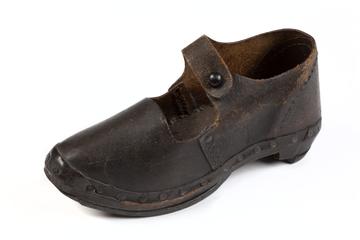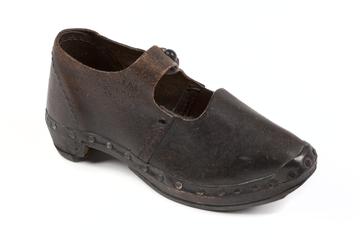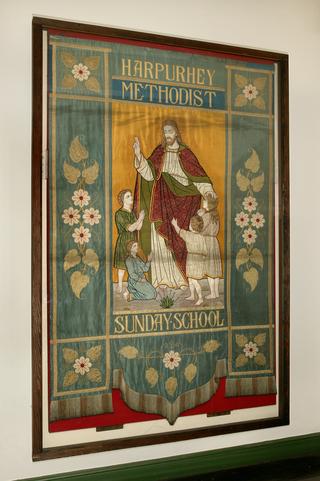
Brick from industrial workers' housing
- Made:
- 1780-1829 in United Kingdom












Late 18th or early 19th century red brick from industrial workers' housing in Manchester.
This hand made, clay brick once formed part of an 18th to early 19th century Manchester industrial workers’ home. It came from one of two sites; either a set of blind-back houses from Dean Street in Manchester’s Northern Quarter, constructed in about 1795 and dismantled in 1984, or from a terrace of back-to-back houses known as Walkers’ Buildings, constructed between 1815 and 1835 at Whittles Croft in Ancoats and dismantled in 1990.
Manchester’s 19th century industrial workers, many of whom migrated to Manchester to seek work in the town’s burgeoning textile industry, found themselves experiencing living and working in conditions nobody had planned for. Overcrowded, poorly build housing without running water or sanitation kept disease and death rates high and Manchester gained a reputation as one of the unhealthiest places in Britain. Industrial workers contended with these living conditions alongside long days of toil in Manchester’s steam powered textile mills, warehouses, foundries and workshops.
Census records provide an insight into some of the families who once made the houses this brick came from their home. In 1851, 27-year-old cotton spinner John Baker lived on Dean Street with his 22-year-old wife Susan and their baby son William. By 1861, 36-year-old Irish labourer James Mackie lived there with his 30-year-old wife Mary and their five young children.
Philosopher and political theorist Friedrich Engels’ descriptions of Manchester’s 19th century housing and living conditions have become infamous. Writing in 1842-1843, he said “350,000 working people of Manchester and its environs live, almost all of them, in wretched, damp, filthy cottages, that the streets which surround them are usually in the most miserable and filthy condition, laid out without the slightest reference to ventilation, with reference solely to the profit secured by the contractor.”




